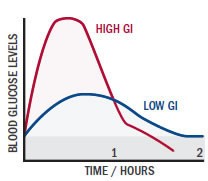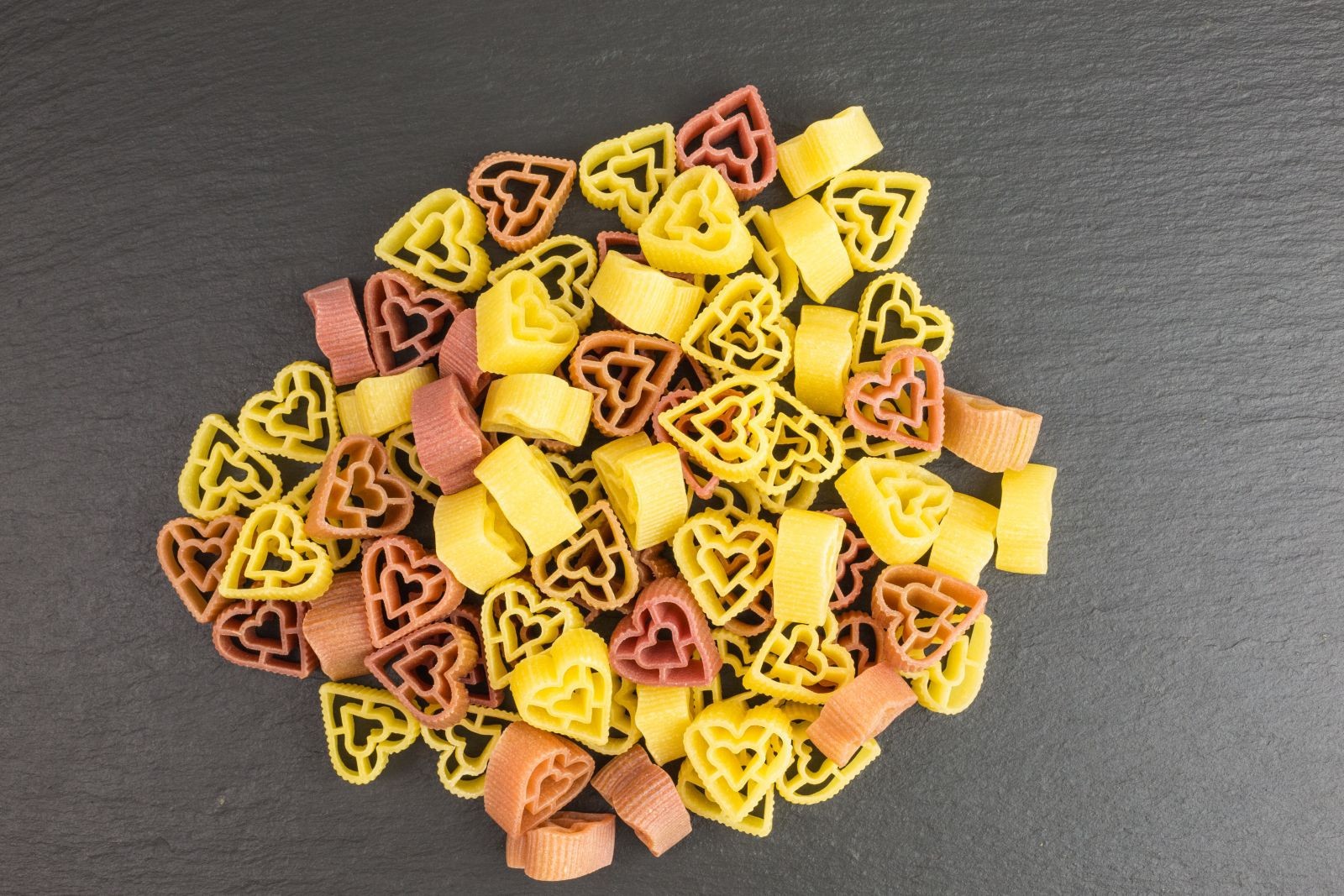Understanding how different foods affect your blood sugar is crucial, especially if you have diabetes or are aiming to manage your weight. When you consume carbohydrates, your blood sugar levels naturally increase. While the quantity of carbohydrates you ingest plays a significant role, the type of food itself also matters. This is where the concept of glycemic foods comes into play.
The Glycemic Index (GI) is a valuable tool that measures how much a specific food elevates blood sugar levels compared to pure glucose. Choosing foods wisely based on their GI can help you maintain stable blood sugar levels, manage your weight, and reduce the risk of chronic conditions like heart disease and certain cancers.
Understanding the Glycemic Index (GI)
The glycemic index assigns a number to foods based on their impact on blood sugar. It compares the effect of a specific amount of food to the effect of the same amount of pure glucose.
- A food with a low GI (55 or less) causes a slower and smaller rise in blood sugar.
- A food with a high GI (70 or higher) causes a rapid and significant spike in blood sugar, similar to that of pure glucose.
- Foods with a GI between 56 and 69 are considered to have a moderate effect on blood sugar.
High glycemic foods result in a quick spike in insulin and blood sugar (also known as blood glucose). Low glycemic foods have a slower, smaller effect.
Classifying Foods Based on Glycemic Index
Here’s a breakdown of common food categories and their general GI classifications:
- Low Glycemic Index (GI of 55 or less):
- Most fruits (apples, berries, oranges, etc.)
- Non-starchy vegetables (broccoli, spinach, carrots, etc.)
- Legumes (beans, lentils, chickpeas)
- Whole grains (barley, quinoa, oats)
- Nuts and seeds
- Low-fat dairy products (milk, yogurt)
- Moderate Glycemic Index (GI 56 to 69):
- Sweet potatoes
- Corn
- White rice
- Couscous
- Some breakfast cereals (Cream of Wheat, Mini Wheats)
- High Glycemic Index (GI of 70 or higher):
- White bread
- Rice cakes
- Crackers
- Bagels
- Cakes, doughnuts, croissants
- Most packaged breakfast cereals (especially those highly processed)
Practical Application: Choosing Lower Glycemic Options
The key to using the glycemic index effectively is to prioritize low GI foods over high GI foods. When moderate GI foods are consumed, portion control is essential. Here are some examples of simple food swaps that can help you lower the overall glycemic impact of your meals:
| Swaps for Lowering Glycemic Index |
|---|
| Instead of This High-Glycemic Index Food |
| White rice |
| Instant oatmeal |
| Cornflakes |
| Baked potato |
| White bread |
| Corn |


Choosing foods with a lower glycemic index can help manage blood sugar levels.
Factors Affecting a Food’s Glycemic Index
It’s important to note that the glycemic index of a food can be influenced by various factors:
- Processing: Highly processed foods generally have a higher GI than minimally processed foods.
- Cooking Method: Cooking methods can alter the GI of some foods. For example, boiling potatoes tends to result in a higher GI than baking them.
- Ripeness: Riper fruits generally have a higher GI.
- Fiber Content: Foods rich in fiber tend to have a lower GI as fiber slows down the absorption of glucose.
- Fat and Protein Content: The presence of fat and protein in a meal can also slow down the absorption of carbohydrates, thereby lowering the overall glycemic response.
Beyond the Glycemic Index: Considering the Glycemic Load
While the glycemic index is a useful tool, it only tells part of the story. It measures how quickly a food raises blood sugar, but it doesn’t account for the amount of carbohydrate in a typical serving. This is where the glycemic load (GL) comes in.
The glycemic load takes into account both the glycemic index and the amount of carbohydrates per serving. It provides a more complete picture of a food’s impact on blood sugar. A food with a high GI but a low carbohydrate content may have a relatively low GL.
Making Informed Dietary Choices
Understanding the glycemic index and glycemic load can empower you to make informed dietary choices that support stable blood sugar levels, weight management, and overall health. By prioritizing low GI and low GL foods, you can enjoy a wide variety of delicious and nutritious meals while effectively managing your carbohydrate intake. Remember to consider the factors that can influence a food’s GI and to balance your meals with protein, healthy fats, and fiber for optimal health benefits.